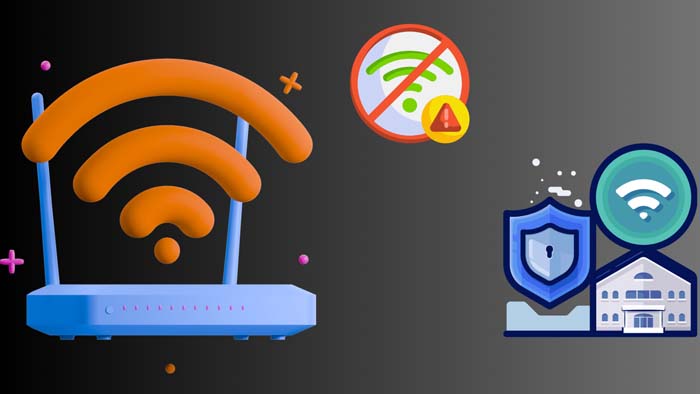
As we are increasingly getting consumed by the connected home culture, one device we overlook in terms of security is our Wi-Fi router. These routers are the basis for all our appliances and computers working seamlessly. In the process, if there is any loophole in the Wi-Fi routers that can get all our connected devices compromised and steal the information of how we interact with each of them.
The first and foremost thing we can do is to get a third-party router and not depend on the one provided by your ISP (Internet Service Provider). The primary reason for getting a third-party router is to have complete control of how you would like to set security and privacy parameters in place. Another significant advantage is that such third-party routers are performance which is an important feature when dealing with multiple devices.
The latest version of routers supports wifi6 and WPA3, which are important features in terms of router security. The Wi-Fi6 is the generational leap, which includes security and performance, considering our increasing dependency on Wi-Fi routers. The WPA3 is the latest security protocol version for securing Wi-Fi networks. This feature makes it way harder for cyber criminals to crack Wi-Fi passwords and gain access to the networks. WPA3 also includes Wi-Fi Easy Connect, thus creating a secure connection between those smart home devices and the web. Another essential part of these latest Wi-Fi 6 routers is increased parental control, thus making it easier for parents to watch their children as they interact with the web closely. One of the most popular routers I can recommend, combining affordability and the latest security, is TP-Link's Archer AX50. It comes with a Homecare Parental Control platform, thus giving parents peace of mind about how long their kids' devices can stay online and what websites they can visit.
No matter the latest routers we have, what really matters are the basics we can't do away with. Changing the admin credentials from default is one such step on your router, like the username and the password to log in to the URL of the router. In most cases, it's there in the manual; if it isn't, then you have Google to look it up. It's strongly advised to make your router password long and strong with a combination of letters, numbers, and special characters. Changing the network name is important, too rather than using your name or house number, you can change it to some random words you prefer, thus preventing a way of quickly identifying that it belongs to you. Also, pay attention to the guest network feature in the routers, which can be set up for your guests. Finally, please reboot your router periodically, like once every week, to resolve fundamental connectivity issues by clearing the cache, thus optimizing performance, and resolving security issues like any malware trying to intercept your traffic.
.png)